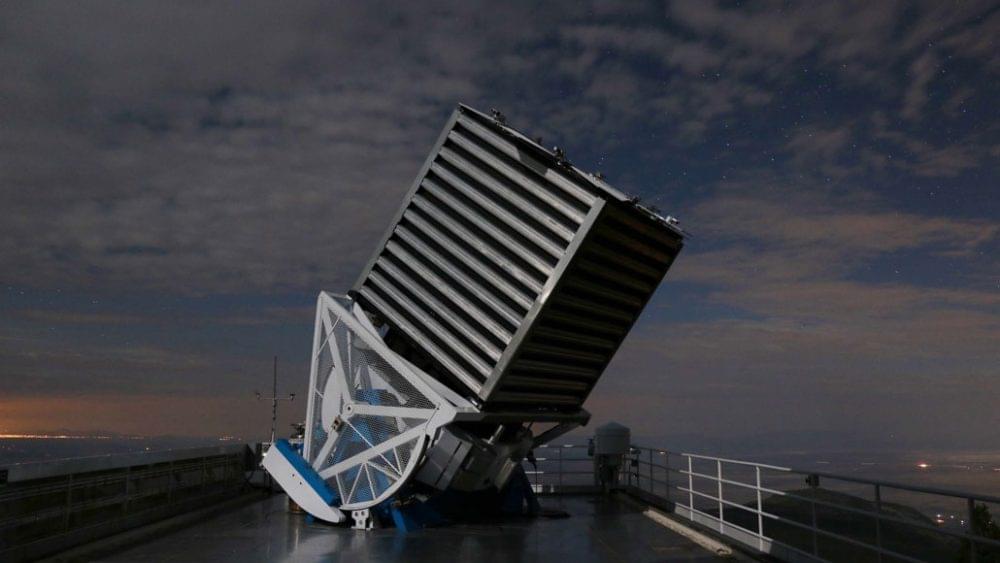Functional adrenal glands have been grown in the lab by coaxing a type of stem cell to develop in a certain way by constantly tweaking the mix of chemicals they are bathed in.



Observations of thousands of galaxies made with the Sloan Digital Sky Survey telescope (pictured) have revealed a giant arc of galaxies, which refutes the theory of their uniform distribution in the Universe. However, the existence of the large-scale structure discovered by astronomers from the UK and the United States needs to be confirmed by other observations to be accepted.
During the virtual conference of the American Astronomical Society, scientists announced the discovery and study of a “Giant Arc,” which consists of ancient galaxies.
Alexia Lopez and her colleagues analyzed the light of about 40,000 distant quasars recorded during the SDSS survey. These are some of the brightest objects in the Universe and are believed to represent the active nuclei of distant galaxies containing supermassive black holes.

The goal of achieving what is called artificial general intelligence — or the capacity of an engineered system to display human-like general intelligence — is still some time off into the future. Nevertheless, experts in the field of AI have no doubt accomplished some major milestones along the way, including developing AI capable of deep neural reasoning, tactile reasoning, and even AI with rudimentary social skills.
Now, in yet another step toward AI with more human-like intelligence, researchers from IBM, the Massachusetts Institute of Technology and Harvard University have developed a series of tests that would evaluate an AI’s ability to use a machine version of “common sense” — or a basic ability to perceive, understand, and judge in a manner that is shared by nearly all humans.
Tune in on Nov 30 @ 6pm Pacific for an exciting update from Neuralink!
Join us in our mission to build generalized I/O devices for the brain → https://neuralink.com/careers